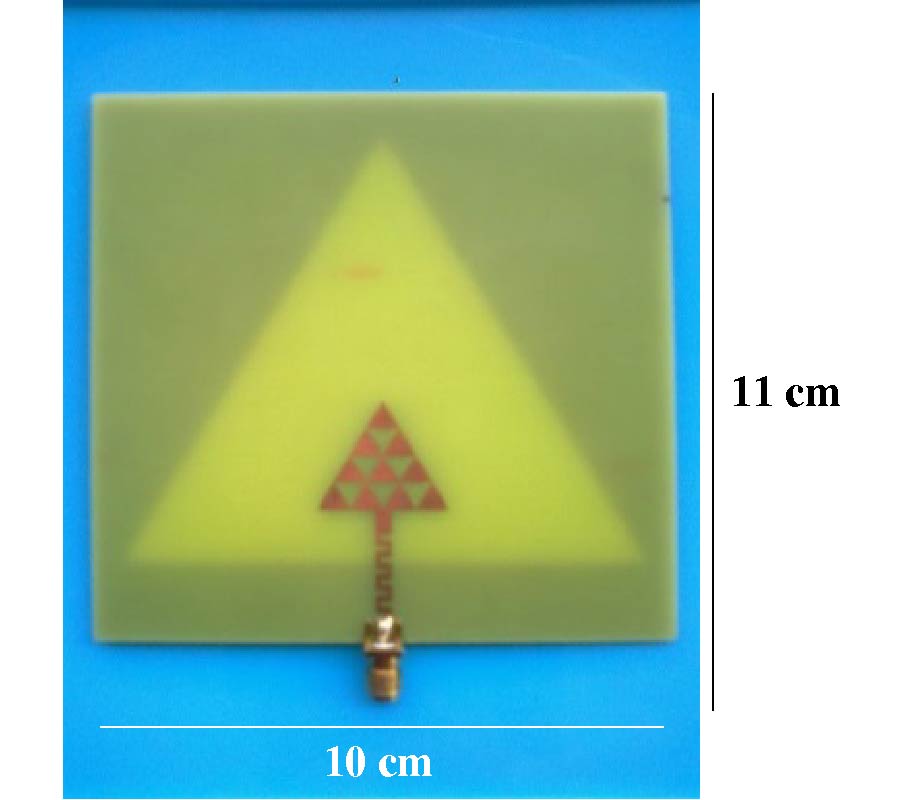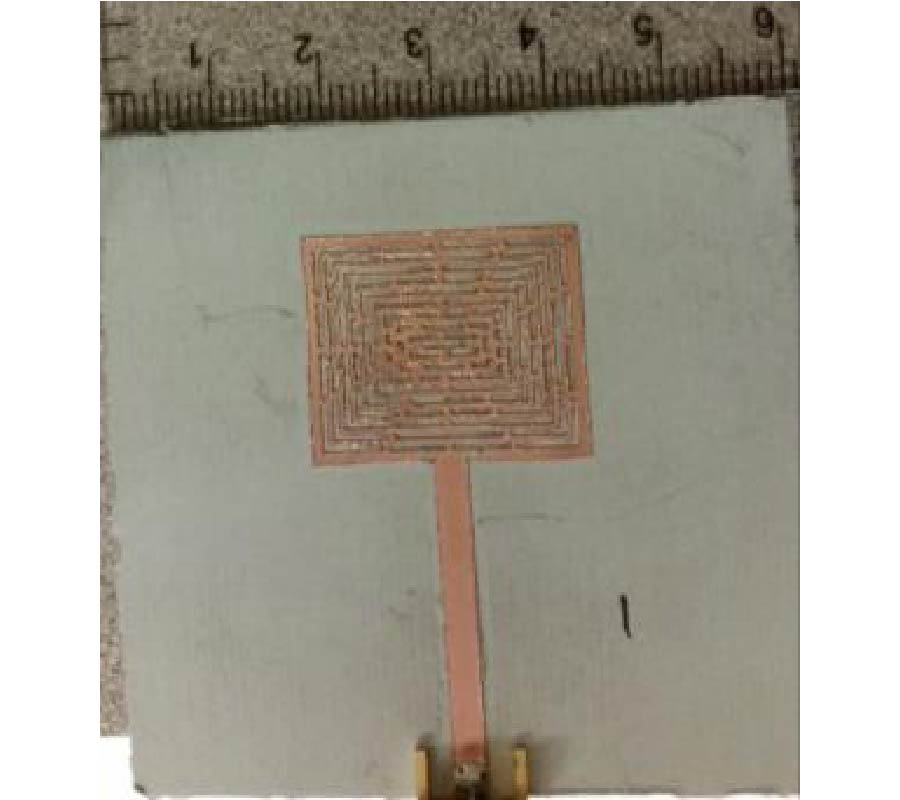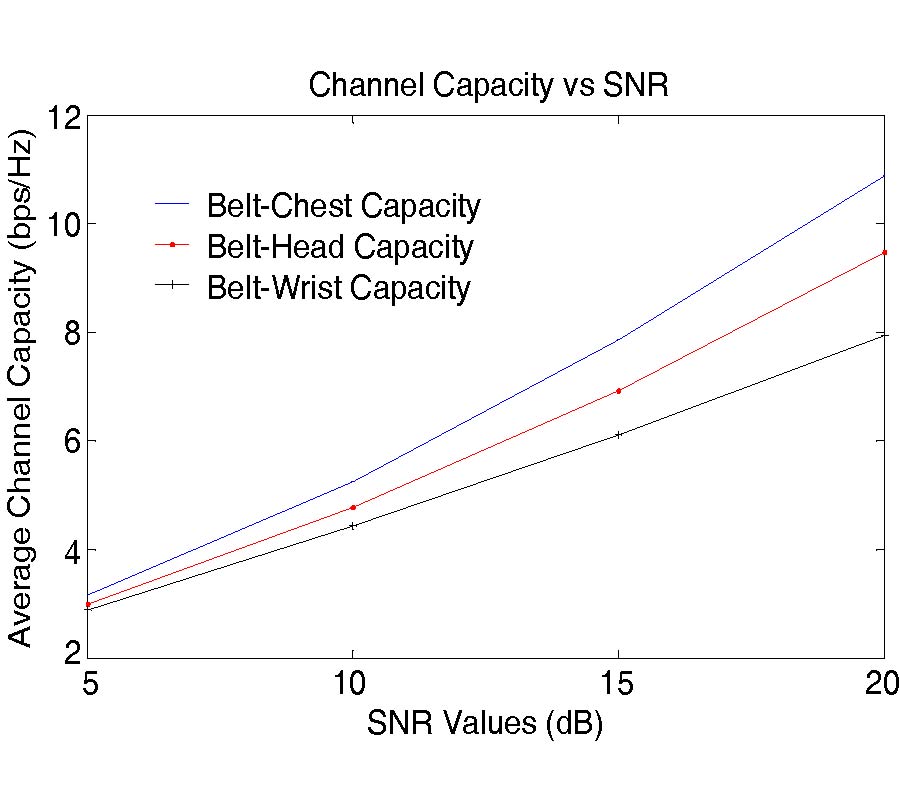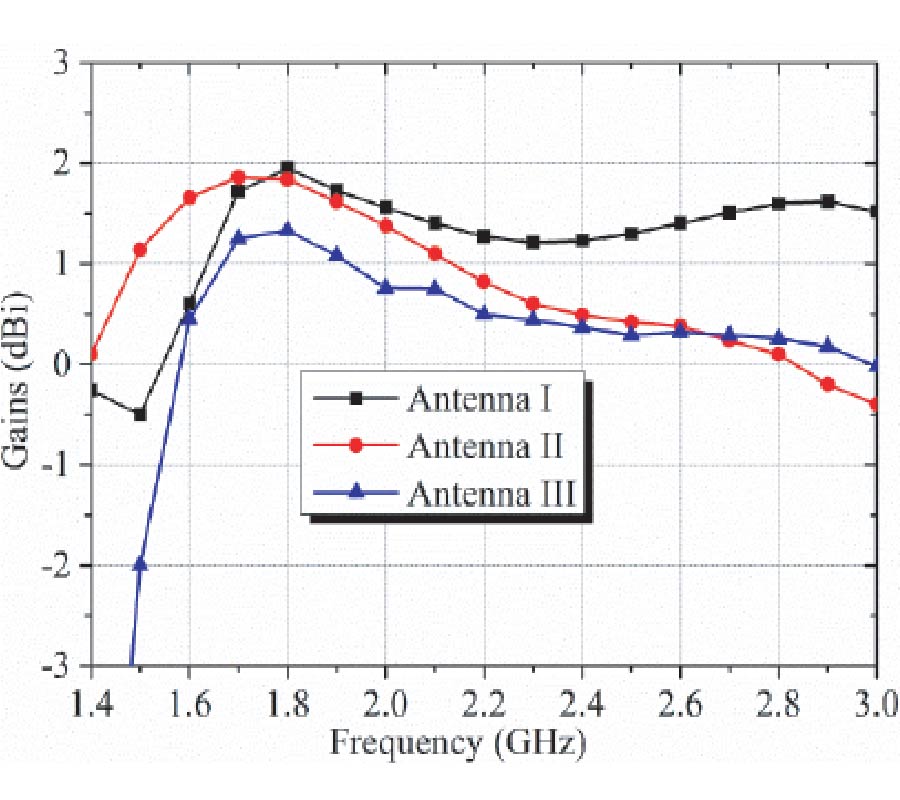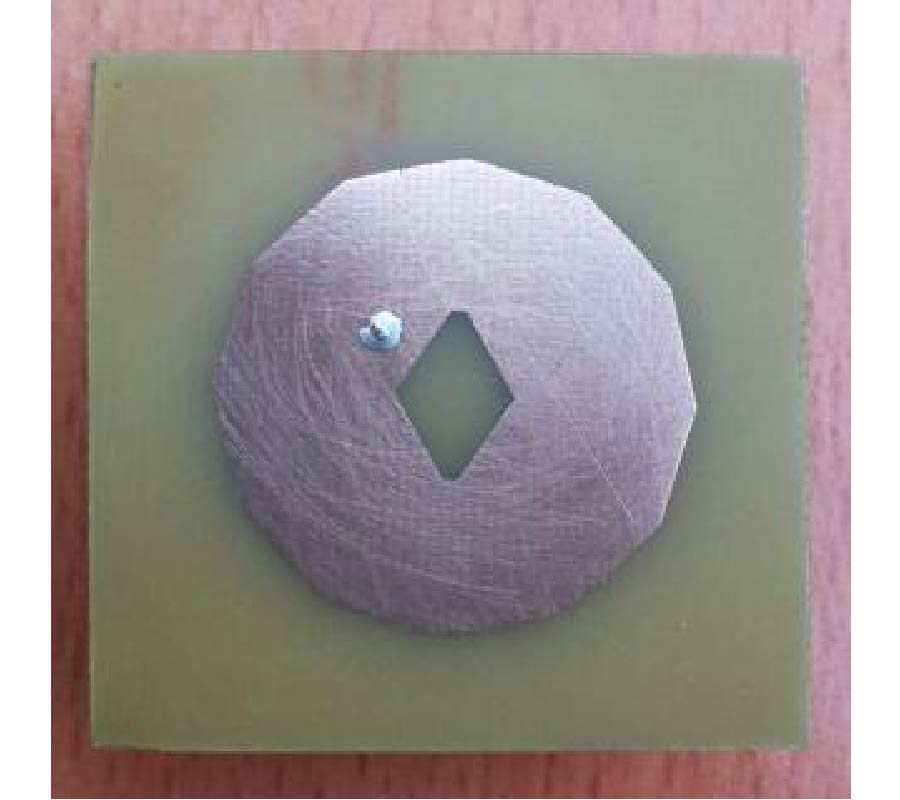A Dual-Band Low-Profile Metasurface-Enabled Wearable Antenna for WLAN Devices
Helin Yang,
Wang Yao,
Yuanyuan Yi,
Xiaojun Huang,
Song Wu and
Boxun Xiao
This paper presents a compact, low-profile, wearable dual-band antenna operating in the Wireless WLAN band of 5.15~5.25 GHz and 5.72~5.83 GHz. The proposed antenna is composed of a planar monopole and underneath three by three array arrangement of Jerusalem Cross (JC) structure metasurface. The simulated results show that the integrated antenna express 4.09% and 4.14% impendence bandwidths, increased gain up to 7.9 dB and 8.2 dB, front to back (FB) ratio achieved to 20 dB and 18 dB at the two frequencies, respectively. The measured results agree well with simulations. In addition, the metasurface not only is equivalent to a ground plane for isolation, but also acts as the main radiator, which enables a great reduction in the specific absorption rate (SAR). Furthermore, because of a compact solution, the proposed integrated antenna can be a promising device for various wearable systems.





